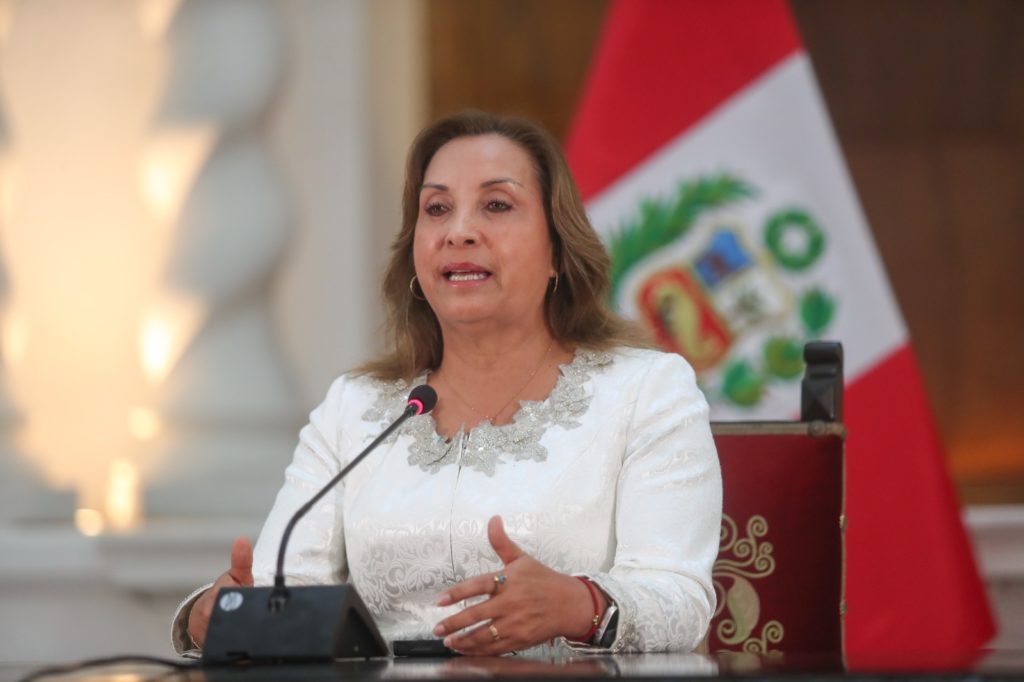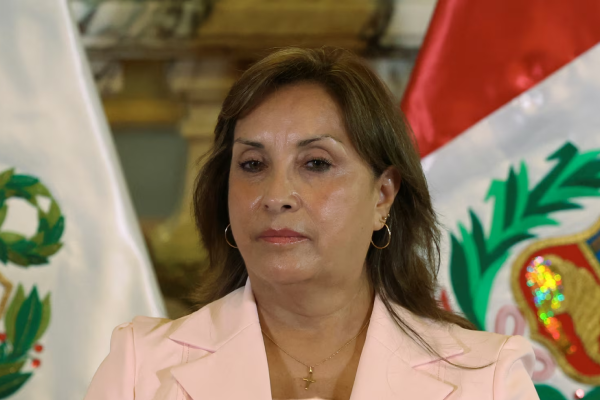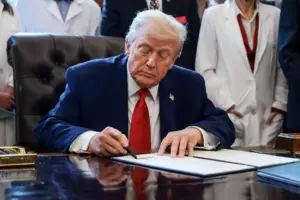President of Peru, Dina Boluarte has doubled her monthly income to more than $10,000, sparking widespread outrage, with approximately 30% of the population still living in poverty.
The Peruvian economy minister announced late Wednesday that Boluarte’s pay was increased to 35,568 soles (about $10,067), a significant rise from the previous 15,600 soles ($4,400).
She used to be among the lowest paid presidents in Latin America, but the administration said the pay increase puts her compensation more in line with other presidents in the region.
However, the decision has ignited anger among many Peruvians.

Read Also
The salary hike comes as President Boluarte struggles with dismal approval ratings, currently hovering between 2% and 4% in recent polls.
Her term, which began in late 2022 after the ouster of Pedro Castillo, has been marred by political turmoil, corruption allegations, and deadly protests. Over 50 people died during the early unrest, prompting ongoing investigations into her role in the state’s response.
Despite an economic rebound following the recession caused by those protests, poverty and inequality remain pressing concerns. Critics argue the funds would be better directed toward essential services like healthcare and child welfare.
Government officials defended the decision, citing a regional salary comparison that allegedly showed Boluarte earning less than nearly all of her peers.
Opposition lawmakers swiftly condemned the raise. Jaime Quito, a member of Congress, announced plans to introduce legislation to annul the increase. “This is a mockery to a country that is facing such serious problems,” he said.
Boluarte has also faced scrutiny over alleged illicit enrichment involving luxury watches and has repeatedly denied any wrongdoing. Efforts to impeach her have so far failed, largely due to support from conservative factions in Congress.
Peru is scheduled to hold presidential elections in April 2026, with Boluarte expected to complete her term in July that year.
In the meantime, many citizens continue to question whether their leaders’ priorities reflect the realities they face daily.





